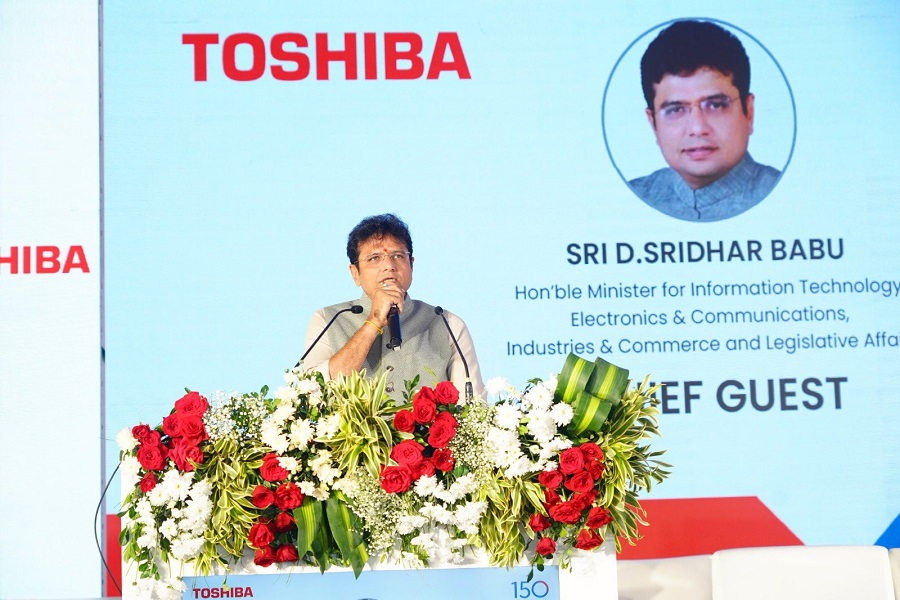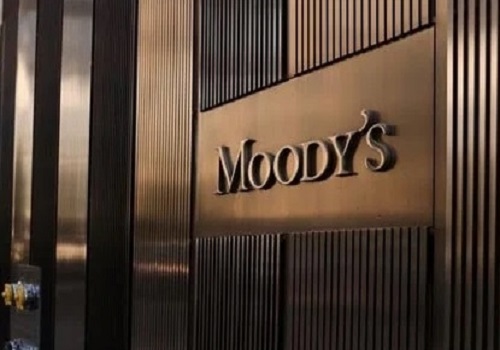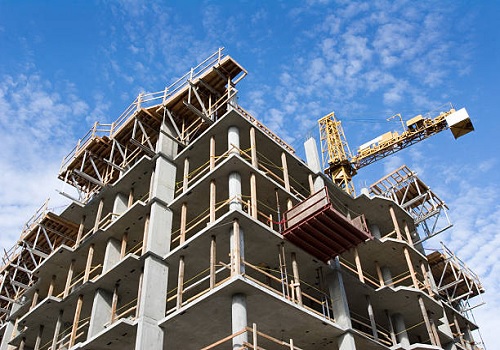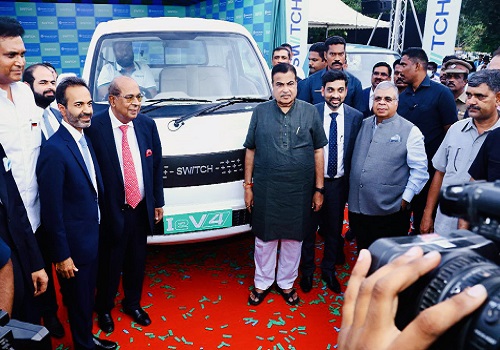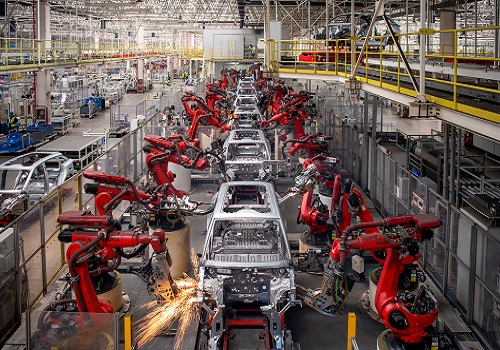MMR witnessed prominent demand-supply gap for urban affordable housing: Knight Frank India-NAREDCO Report
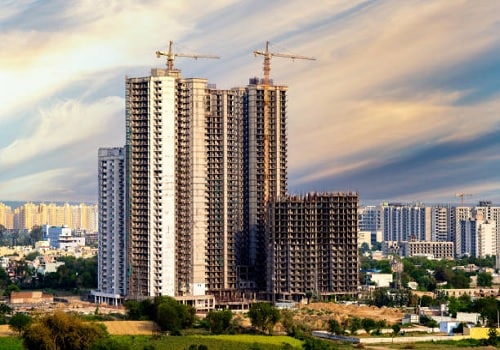
Mumbai : Knight Frank - NAREDCO launched their report ‘Brick by Brick: Reimagining Affordable Mumbai’ which cited that the Mumbai Metropolitan Region (MMR) recorded a significant demand-supply gap for affordable housing. According to Knight Frank India survey, MMR registered high demand for affordable housing units with 67% of the demand concentration being registered for units less than 2.5 mn. The demand concentration for housing units in the range of 2.5 – 5.0 mn was recorded at 13% and units above 5 mn at 20%. Despite the strong interest in this segment, the affordable housing supply has not been able to cater to the demand. The supply of housing units above 5 mn recorded the highest concentration at 44% followed by units in the range of 2.5 – 5 mn at 34%. The supply concentration for housing units less than 2.5 mn was recorded the lowest at 22%, clearly showcasing the huge supply gap for urban affordable housing in the region.
The report further highlights that approximately 10 lacs of apartment supply were added by the developer-built housing in the last decade. Unavailability of urban land for affordable housing, insufficient transport and social Infrastructure to support distant neighbourhoods, easy access of finance for development of affordable housing projects, lengthy statutory clearance and approval processes etc. are some of the key shortcomings which are leading to shortage of affordable housing supply in the region.
Sharing perspective on the need for affordable housing, Mr. Shishir Baijal- Chairman and Managing Director at Knight Frank India said, “Mumbai, once a city of choice due to its excellent livability and economic promise, has more recently been grappling with strained infrastructure, poor quality housing. Mumbai’s biggest challenge is in terms of providing housing for its inhabitants, unfortunately, majority of the city is forced to live in either substandard housing options in the core city or in peripheral locations. The estimated demand over the next five years is 850,000 housing units which will be an uphill task if a proper strategy is not put in order. This demand can be met with a focus on building affordable housing townships in the peripheral areas of the city, backed by robust infrastructure and travel options. This can cater to bulk of the housing ownership needs. There is also a requirement to create rental housing within the city limits to accommodate the transient population between rental and ownership. We feel that a combination of these two will provide the right response to the city’s housing challenges.”
Regarding the price willingness of an individual for buying a house, 38% of the respondents would prefer to buy housing units priced less than INR 15 lakhs. 26% of the respondents preferred a budget of INR 16 Lakhs – INR 25 Lakhs, whereas 36% of the respondents had a budget of more than INR 25 lakhs for buying a house.
Sharing insights on the report, Mr. Gautam Thacker - President, NAREDCO NERAL-KARJAT and Managing Partner, ONEarth said, “Mumbai has had successful stories of alternative destinations like Navi Mumbai and Thane. But as the city continues to expand across different parts and regions, we feel there is a need to create a new mission of ‘Mumbai 3.0’ that would be dedicated to developing affordable townships and promote home ownership. The current housing gap in the city requires ‘planned city’ that would be sustainable, affordable and carbon neutral located around the core city of Mumbai, which is backed by strong infrastructure. These future developments will need combined efforts between the state government, local development authorities as well as the development companies. We are hopeful that more locations will be brought under the satellite development of Mumbai and add to the economic development of the city”







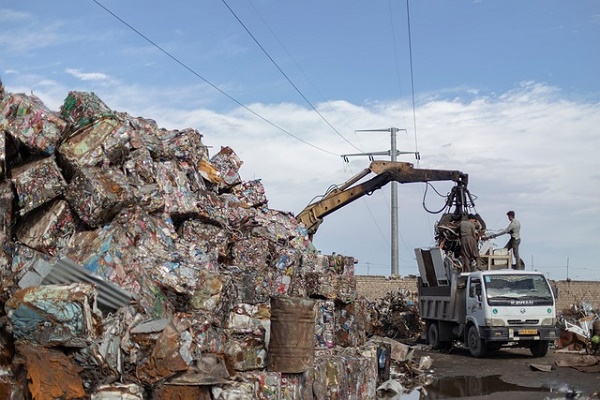


More News

Total telephone subscribers in India increase to 1,203.84 million in April

